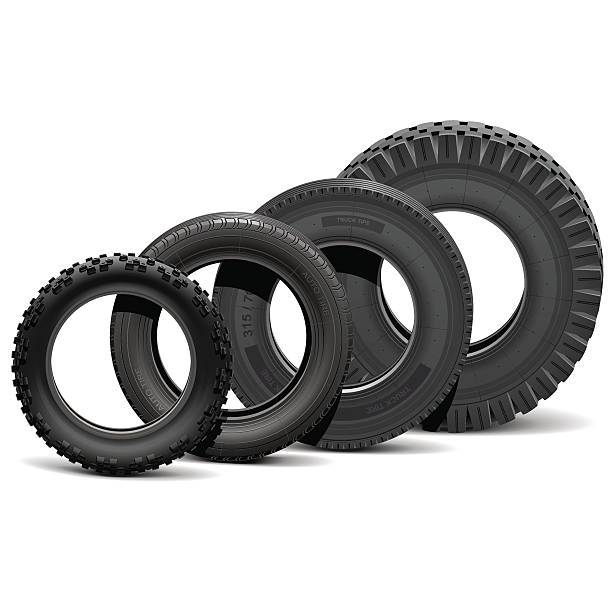Automakers use king-sized rims on their concept cars because they have larger wheels. This gives them a more aggressive stance. They are cool.
There are pros and cons to choosing larger wheels, whether you’re looking to upgrade to a new car or add to your existing vehicle. You will need to purchase new tires if you change to a larger diameter wheel (such as 17-18 inches). These tires require a lower profile (or sidewall elevation) to provide adequate clearance for the tire when it goes over potholes. This allows the suspension to compress and rebound fully. To compensate for an increase in wheel diameter, the tire’s height should be decreased by 1 inch.
If your original stock tire size was 215/65R17, and you purchased 18-inch wheels, the correct tire size might be 225/55R18. The differences are the larger wheel size, wider tread (215 millimetres instead of 215) and lower profile (55 instead of 65). This means that the tread’s width is 55 per cent higher than the sidewall.
Changing to larger wheels without considering sidewall height will not only cause damage to the suspension and tires and result in incorrect speedometer readings as the wheels are turning at an altered speed. If you match lower-profile tires to larger-diameter wheels, your speedometer and odometer readings will only change a little. Larger wheels with lower-profile tires and correspondingly shorter sidewalls are stiffer and have less air and rubber cushion. This increases the likelihood of hitting large potholes, which could cause serious damage to the tire, wheel, or both.
Larger-diameter tires and wheels will improve handling and performance at high speeds, but lower-profile tires have a firmer ride and can be noisier than the standard rubber.
The additional weight of larger tires and wheels may negate some potential performance gains. For example, an 18-inch tire will likely weigh more than a 16 or 17-inch one. This could also hold for larger wheels. Steel wheels weigh more than aluminium alloy wheels, which means they perform better by decreasing the unsprung weight. A standard 17-inch alloy wheel will be replaced with an 18-inch or 19-inch alloy hub. This is unless the rim is lightweight and expensive.
Larger wheels are more expensive. The more you buy, the more expensive your tires and wheels will be. The initial cost of larger wheels may be lower if you get them as standard equipment or an option for a new car. The extra cost of replacing damaged wheels or tires (or simply replacing tires after the tread has worn) can add up quickly.
Cars.com examined the costs of replacing some wheels and tires. For example, a 16-inch standard steel wheel on a Toyota Camry costs $172 to replace at an authorized dealer. The cost of a 17-inch alloy wheel on a Camry XLE was $379. One dealer offered us an 18-inch alloy wheel on a Chevrolet Traverse for $371. However, the price for an optional 20-inch wheel was $569.
Cars.com’s Editorial Department is your source of automotive news and reviews. Cars.com has a long-standing ethics policy that editors and reviewers do not accept free trips or gifts from automakers. Cars.com’s editorial department is separate from Cars.com’s sales, sponsored content and advertising departments.

